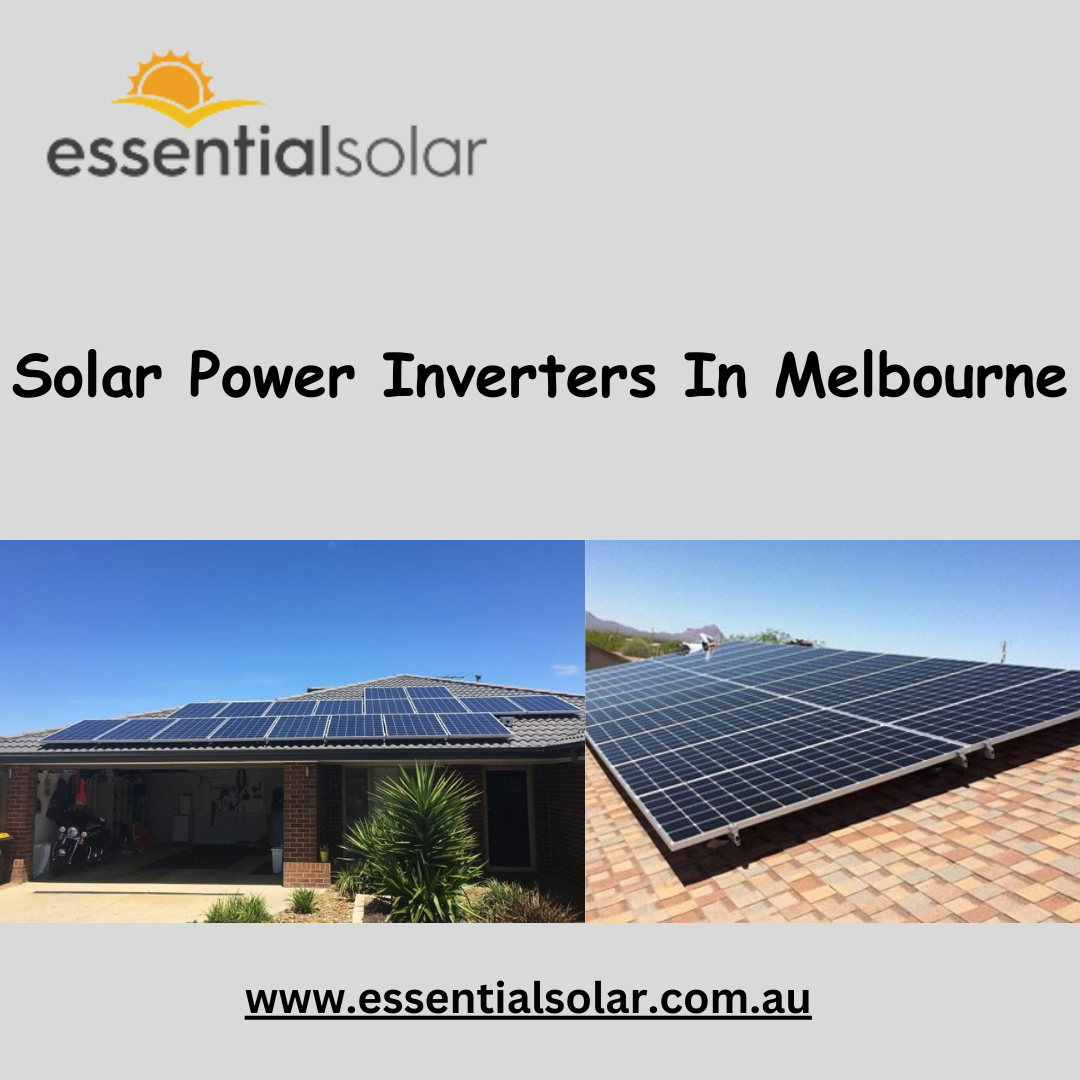Introduction:
In the realm of solar energy systems, the unsung hero that orchestrates the transformation of sunlight into usable electricity is the solar power inverter. Solar panel inverters are the link that attaches photovoltaic arrays to our homes and places of business. In this thorough guide, we set out on a quest to learn about the importance, varieties, features, and improvements of solar power inverters, illuminating their crucial purpose in the solar energy scene.
Learning about Solar Power Inverters
The solar power inverters are the heart of solar energy systems. Through the usage of this device, solar-generated direct current (DC) electricity is transformed into alternating current (AC), the type of electricity utilised in residences and commercial buildings. While solar cells harvest sunshine and generate DC electricity, our lights, appliances, and technology are all powered by AC electricity.
Types of Solar Panel Inverters
i) String Inverters: String inverters are a common choice for residential and smaller commercial installations. They are cost-effective and connect multiple solar panels in series to a single inverter.
ii) Microinverters: They are attached to solar panels in Melbourne, allowing each panel to operate independently. This design enhances energy production by minimising the impact of shading or panel mismatch.
iii) Power Optimizers: Power optimizers work similarly to microinverters, but they optimise the performance of each panel while still using a central inverter.
iv) Hybrid Inverters: Hybrid inverters integrate energy storage systems, enabling homeowners to store excess energy for use during nighttime or power outages.
The Role of Solar Power Inverters
Solar power inverters play several critical roles in a solar energy system:
i) DC to AC Conversion: As mentioned, inverters convert the DC electricity from solar panels into AC electricity compatible with our homes and the grid.
ii) Maximum Power Point Tracking (MPPT): Inverters optimise energy production by tracking the maximum power point of solar panels, ensuring efficient performance even in varying light conditions.
iii) Voltage Regulation: Inverters manage voltage levels to prevent overloading and ensure the safety and stability of the electrical system.
Advancements in Solar Power Inverters
i) Efficiency Improvements: Modern inverters boast higher conversion efficiencies, maximising energy harvest from solar panels.
ii) Smart Grid Integration: Advanced inverters enable bidirectional communication with the grid, allowing homeowners to sell excess energy back to the grid.
iii) Module-Level Monitoring: Microinverters and power optimizers provide real-time monitoring of individual panel performance, simplifying maintenance and issue detection.
Uses and Benefits of Solar Power Inverters
i) Energy Optimization: Inverters utilise Maximum Power Point Tracking (MPPT) technology to optimise the energy production of solar panels. This ensures that panels operate at their most efficient points, even under varying light conditions.
ii) Enhanced Energy Production: Inverter technologies like microinverters and power optimizers are designed to mitigate the impact of shading or panel mismatch. This enhances overall energy production by enabling each panel to function independently.
iii) Grid Integration: Solar power inverters enable seamless integration with the electrical grid. They allow for the injection of excess energy into the grid, often resulting in credit or compensation from energy companies.
iv) Energy Storage: Hybrid inverters facilitate energy storage solutions by enabling the integration of batteries. This allows homeowners to store surplus energy for use during times of low solar generation or power outages.
v) Remote Monitoring and Control: Many modern inverters come equipped with remote monitoring capabilities. This allows users to track their energy production, consumption, and system performance in real-time, promoting proactive maintenance.
vi) Financial Savings: The optimization of energy production, grid integration, and reduced energy bills contribute to financial savings over the lifetime of a solar energy system.
vii) Longevity and Reliability: High-quality inverters enhance the longevity and reliability of solar installations by ensuring the smooth conversion of energy and minimising system failures.
Conclusion:
By bridging the gap between solar panels and our daily activities, solar power inverters help us to effectively harness the power of the sun. Solar power inverters are always evolving, becoming smarter, more effective, and seamlessly incorporated into the current energy landscape as technology improves. The solar power inverters play a critical role in accelerating our transition to a future with more renewable and sustainable energy sources, whether through hybrid energy systems, microinverters, or string inverters.
